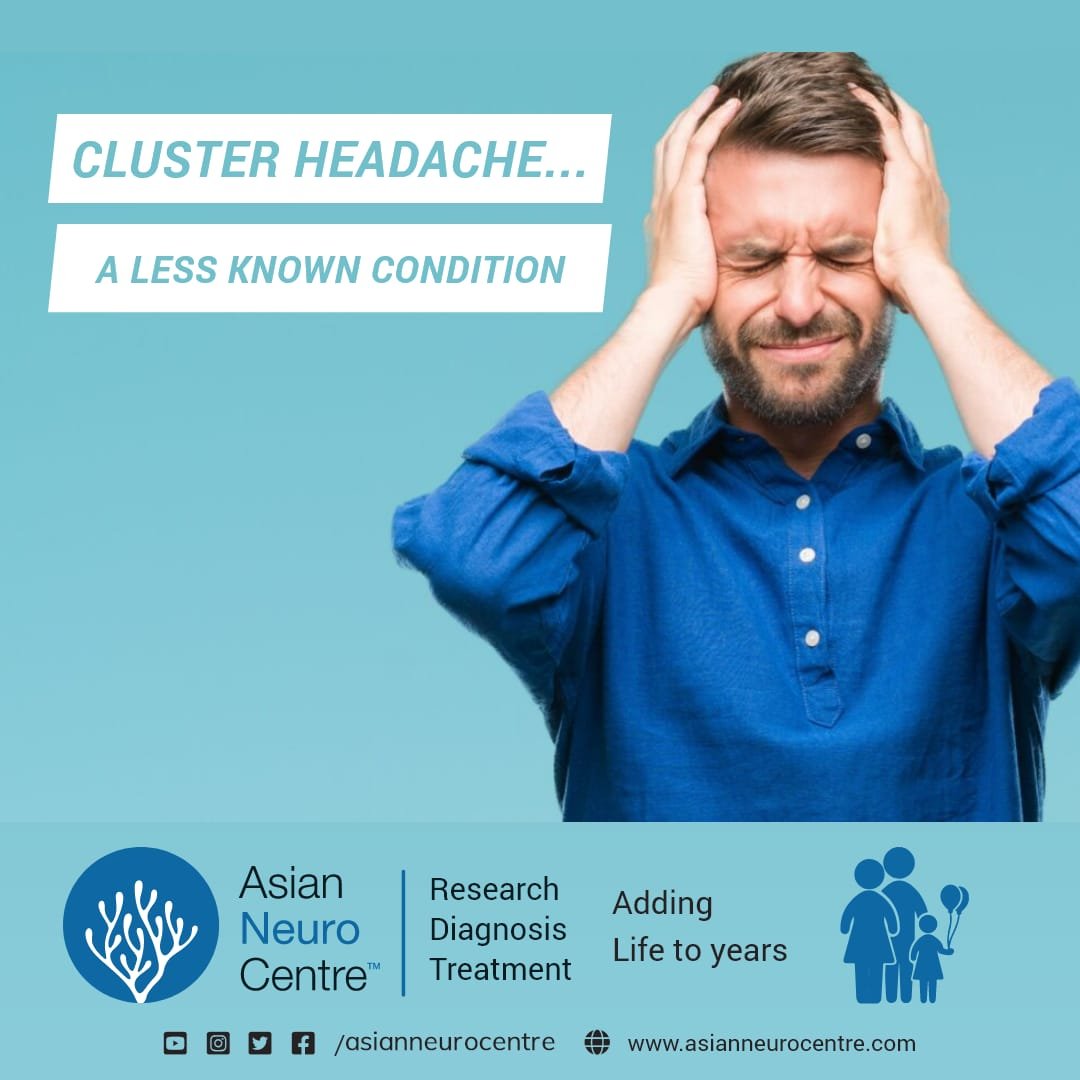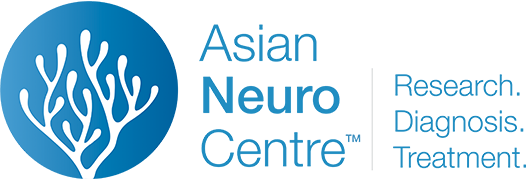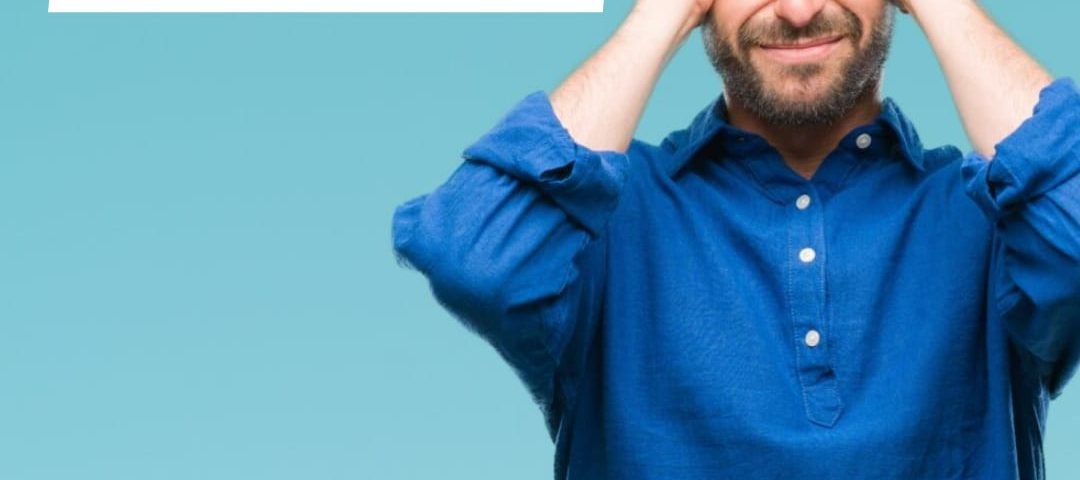- Have any questions?
- 911 12345 29
- info@asianneurocentre.com
Cluster Headaches – Symptoms and Causes

Who is Neuro Physician and how his job is different from Neurosurgeon
June 30, 2021
Every headache is not Migraine
July 7, 2021Cluster headaches, which occur in cyclical patterns or cluster periods, are one of the most painful types of headaches. A cluster headache commonly awakens you in the middle of the night with intense pain in or around one eye on one side of your head.
Bouts of frequent attacks, known as cluster periods, can last from weeks to months, usually followed by remission periods when the headaches stop. During remission, no headaches occur for months and sometimes even years.
Fortunately, cluster headache is rare and not life-threatening. Treatments can make cluster headache attacks shorter and less severe. In addition, medications can reduce the number of cluster headaches you have.
Symptoms
Common signs and symptoms
A cluster headache strikes quickly, usually without warning, although you might first have migraine-like nausea and aura. Common signs and symptoms during a headache include:
- Excruciating pain that is generally situated in, behind or around one eye, but may radiate to other areas of your face, head and neck
- One-sided pain
- Restlessness
- Excessive tearing
- Redness of your eye on the affected side
- Stuffy or runny nose on the affected side
- Forehead or facial sweating on the affected side
- Pale skin (pallor) or flushing on your face
- Swelling around your eye on the affected side
- Drooping eyelid on the affected side
People with cluster headaches, unlike those with migraines, are likely to pace or sit and rock back and forth. Some migraine-like symptoms — including sensitivity to light and sound — can occur with a cluster headache, though usually on one side.
Chronic cluster periods might continue for more than a year, or pain-free periods might last less than one month.
During a cluster period:
- Headaches usually occur every day, sometimes several times a day
- A single attack can last from 15 minutes to three hours
- The attacks often occur at the same time each day
- Most attacks occur at night, usually one to two hours after you go to bed
The pain usually ends as suddenly as it began, with rapidly decreasing intensity. After attacks, most people are pain-free but exhausted.

Causes
The exact cause of cluster headaches is unknown, but cluster headache patterns suggest that abnormalities in the body’s biological clock (hypothalamus) play a role.
Unlike migraine and tension headache, cluster headache generally isn’t associated with triggers, such as foods, hormonal changes, or stress.
Once a cluster period begins, however, drinking alcohol may quickly trigger a splitting headache. For this reason, many people with cluster headaches avoid alcohol during a cluster period.
Risk factors
Risk factors for cluster headaches include:
- Most people who develop cluster headaches are between ages 20 and 50, although the condition can develop at any age.
- Many people who get cluster headache attacks are smokers. However, quitting smoking usually has no effect on headaches.
- Alcohol use. If you have cluster headaches, drinking alcohol during a cluster period may increase your risk of an attack.
- A family history. Having a parent or sibling who has had cluster headaches might increase your risk.
When to see a doctor
See your doctor if you’ve just started to have cluster headaches to rule out other disorders and to find the most effective treatment
Dr. Navin Tiwari is One of the Experienced & Leading Neuro Physician Practicing in Indore since 2013. He is the director and consulting neurologist at Asian Neuro Centre Indore.

